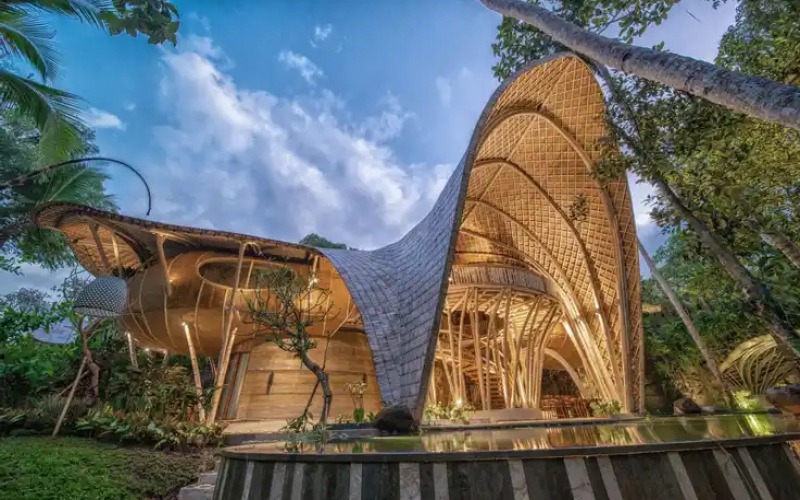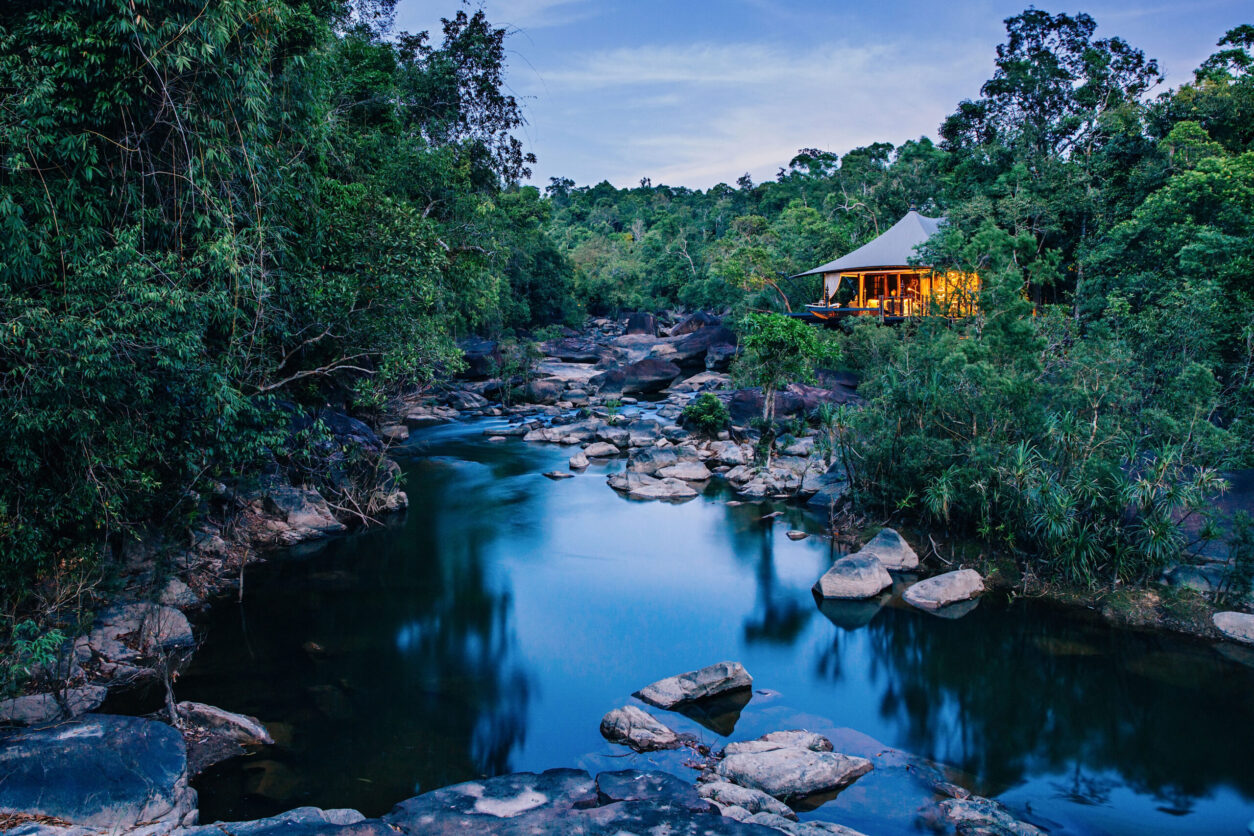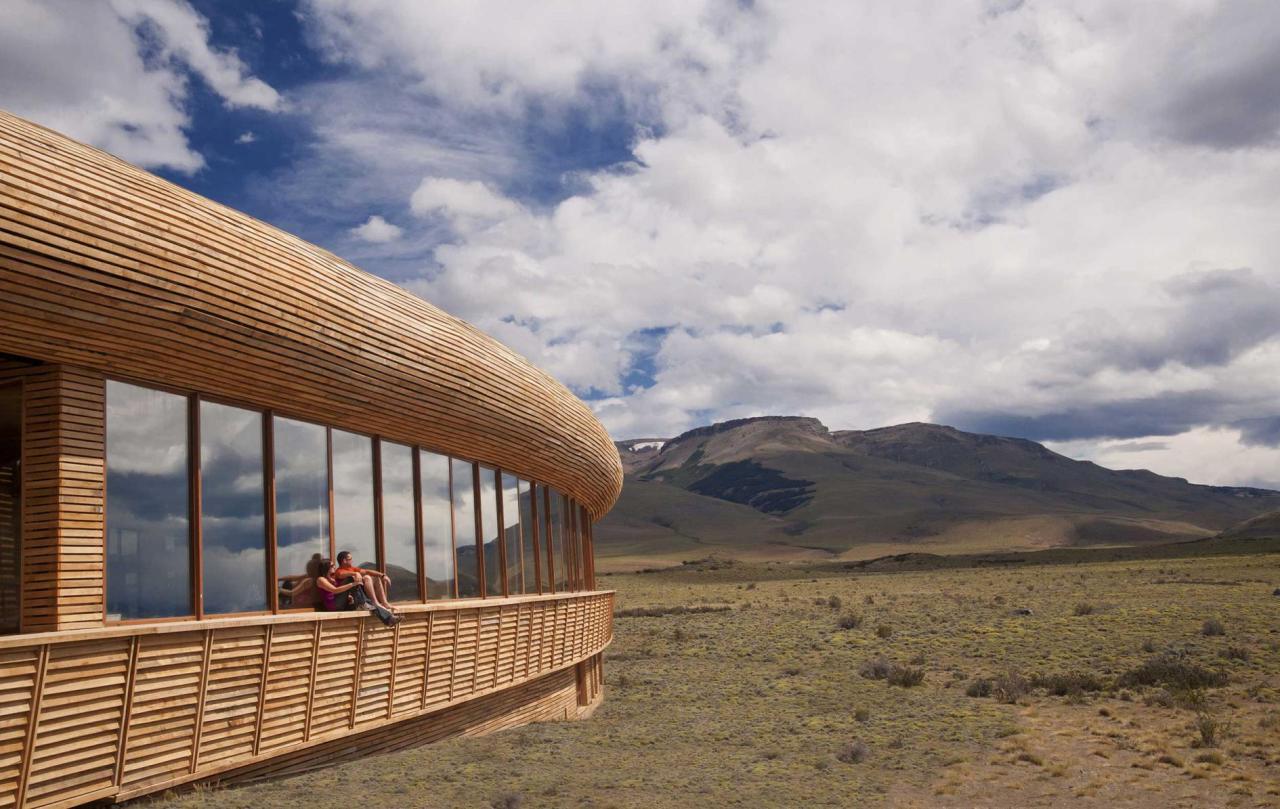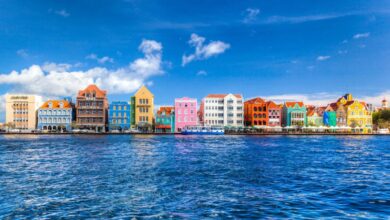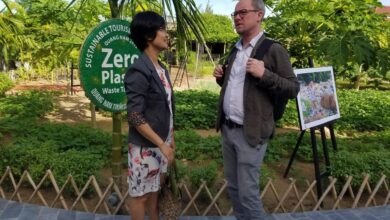Sustainable Resorts Transform Global Hospitality
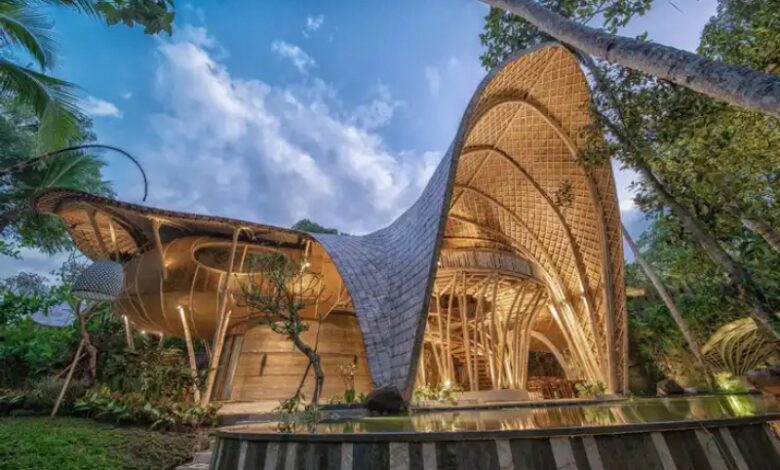
The Green Revolution in Hospitality
The global hospitality industry is undergoing a profound transformation as sustainable resorts evolve from niche eco-retreats to mainstream luxury destinations. This paradigm shift represents more than environmental responsibility—it’s a comprehensive reimagining of the resort experience that harmonizes luxury with ecological integrity, community engagement, and cultural preservation. Today’s discerning travelers increasingly seek destinations that align with their values, where indulgence doesn’t come at the planet’s expense. From carbon-neutral operations and zero-waste initiatives to regenerative architecture and meaningful community partnerships, sustainable resorts are setting new standards for the entire hospitality sector. This comprehensive analysis explores the innovative practices defining this movement, examines successful implementation models across diverse ecosystems, analyzes the economic viability of sustainability, and anticipates future developments as environmental stewardship becomes inseparable from premium hospitality experiences.
A. The Pillars of Modern Resort Sustainability
Contemporary sustainable resorts implement multifaceted approaches that extend far beyond basic environmental measures.
A.1. Regenerative Environmental Practices
Leading resorts are moving beyond minimizing harm to actively improving their environments.
-
Carbon-Neutral Operations: Resorts like Soneva Fushi in the Maldives have implemented comprehensive carbon accounting, achieving neutrality through renewable energy, reforestation projects, and innovative carbon sequestration technologies that actually remove more carbon from the atmosphere than they emit.
-
Closed-Loop Water Systems: Advanced resorts employ sophisticated water management featuring rainwater harvesting, greywater recycling for irrigation, and blackwater treatment systems that return clean water to local ecosystems, often cleaner than when extracted.
-
Biodiversity Enhancement: Rather than simply preserving existing ecosystems, resorts like Costa Rica’s Lapa Rios actively regenerate surrounding habitats, creating wildlife corridors, reintroducing native species, and serving as de facto nature reserves that increase local biodiversity.
A.2. Community Integration and Economic Equity
True sustainability encompasses social dimensions that benefit local populations.
-
Local Economic Multipliers: Resorts like Chumbe Island Coral Park in Tanzania prioritize local hiring, source over 80% of materials and food from nearby communities, and channel percentage of revenue into local education and healthcare initiatives.
-
Cultural Preservation Partnerships: Instead of creating isolated tourist bubbles, sustainable resorts like Indonesia’s Bambu Indah collaborate with indigenous communities to preserve traditional architecture, crafts, and cultural practices while providing equitable economic benefits.
-
Knowledge Transfer Programs: Forward-thinking resorts establish training programs that develop transferable skills in hospitality, conservation, and business management, creating opportunities beyond direct resort employment.
A.3. Sustainable Architecture and Circular Design
The physical infrastructure of resorts embodies sustainability principles from conception.
-
Biophilic Design Integration: Resorts like Six Senses Bhutan incorporate natural elements, maximize natural ventilation and lighting, and use organic forms that blend seamlessly with landscapes while reducing energy consumption.
-
Regenerative Material Selection: Innovative resorts prioritize rapidly renewable materials like bamboo, utilize reclaimed wood and stone, and implement cradle-to-cradle design principles where all components can be repurposed or composted at end of life.
-
Climate-Responsive Construction: Architecture adapts to local conditions—elevated structures in flood-prone areas, thermal mass in desert environments, and hurricane-resistant designs in tropical regions—ensuring resilience while minimizing environmental impact.
B. Global Implementation Models Across Ecosystems
Sustainable resorts have adapted their approaches to diverse geographical and cultural contexts.
B.1. Tropical Island and Coastal Paradigms
Island resorts face unique sustainability challenges with limited resources and vulnerable ecosystems.
-
Maldives’ Carbon-Neutral Pioneers: Resorts like Gili Lankanfushi have eliminated single-use plastics, generate 100% of electricity from solar power, and operate comprehensive marine conservation programs that have regenerated local coral reefs while providing exceptional guest experiences.
-
Caribbean Energy Independence: Resorts including Jamaica’s Hotel Mockingbird Hill achieve near-complete energy self-sufficiency through solar arrays, micro-hydro systems, and innovative biofuel production from waste products, decoupling from unreliable and carbon-intensive grid power.
-
Southeast Asia’s Zero-Waste Models: Philippine resorts like El Nido Resorts have implemented comprehensive zero-waste systems where over 90% of waste is composted, recycled, or repurposed, with innovative programs converting food waste into biogas and agricultural fertilizer.
B.2. Mountain and Wilderness Retreats
Remote wilderness locations demand self-sufficiency and minimal ecosystem disruption.
-
Alpine Energy Innovation: Swiss resorts like Whitepod use geodesic domes with minimal environmental footprint, geothermal heating, and seasonal operation schedules that respect wildlife migration patterns while offering luxury amenities.
-
Desert Water Wisdom: Resorts in arid regions like Jordan’s Feynan Ecolodge employ ancient water conservation techniques complemented by modern monitoring systems, achieving 90% reduction in water consumption compared to conventional resorts while maintaining guest comfort.
-
Rainforest Canopy Integration: Costa Rican resorts including Pacuare Lodge construct elevated walkways and limited-clearing techniques that preserve forest canopy connectivity while providing immersive wildlife experiences.
B.3. Urban Sustainability Demonstrations
City-based resorts prove sustainability principles apply in dense urban environments.
-
Vertical Ecosystem Integration: Singapore’s PARKROYAL on Pickering incorporates sky gardens, vertical greenery, and rainwater harvesting into its high-rise design, creating urban biodiversity hotspots while reducing cooling energy demands by over 40%.
-
Adaptive Reuse Champions: Urban resorts like 1 Hotel Brooklyn Bridge transform existing structures rather than new construction, repurposing materials and incorporating energy-efficient systems that dramatically reduce embodied carbon while preserving architectural heritage.
-
Urban Agriculture Models: City resorts increasingly feature rooftop farms, apiaries, and aquaponics systems that supply restaurants while educating guests about urban food production, like Vancouver’s Fairmont Waterfront which supplies over 60% of its kitchen herbs from rooftop gardens.
C. The Business Case for Sustainable Resorts
Beyond environmental ethics, sustainability demonstrates compelling economic advantages.
C.1. Operational Efficiency and Cost Reduction
Sustainable practices frequently yield significant financial benefits.
-
Energy Independence Economics: Resorts with comprehensive renewable energy systems typically recoup investments within 3-7 years, then benefit from virtually free electricity while insulating themselves from utility price volatility.
-
Water Management Savings: Advanced water conservation and recycling systems reduce both water purchases and sewage treatment costs, with many resorts achieving 50-70% reductions in water-related expenses.
-
Waste Management Economics: Comprehensive recycling, composting, and repurposing programs dramatically reduce landfill fees while creating valuable byproducts like compost for organic gardens or materials for local artisans.
C.2. Market Differentiation and Premium Positioning
Sustainability commands price premiums and attracts desirable guest demographics.
-
Value-Aligned Traveler Appeal: Surveys consistently show travelers willing to pay 10-20% premiums for verified sustainable experiences, with particularly strong preferences among Millennial and Gen Z demographics.
-
Competitive Insulation: Unique sustainability features like coral regeneration programs or zero-carbon status create powerful market differentiation that competitors cannot easily replicate.
-
Brand Equity Enhancement: Leadership in sustainability generates positive media coverage, industry awards, and word-of-mouth marketing that reduces customer acquisition costs.
C.3. Risk Mitigation and Long-Term Resilience
Sustainable practices buffer resorts against emerging regulatory and environmental risks.
-
Climate Resilience: Properties designed for changing weather patterns, water scarcity, and temperature extremes face lower adaptation costs and business interruption risks.
-
Regulatory Future-Proofing: Resorts anticipating stricter environmental regulations avoid costly retrofits and maintain operational continuity as standards evolve.
-
Resource Security: Self-sufficient resorts with their own energy, water, and food production face fewer supply chain disruptions and resource conflicts with local communities.
D. Implementation Challenges and Innovative Solutions
The path to comprehensive sustainability presents significant hurdles that resorts are overcoming through creativity and technology.
D.1. Technological and Infrastructure Barriers
Remote locations and complex systems require innovative engineering solutions.
-
Energy Storage Breakthroughs: Resorts in locations with intermittent renewable resources are pioneering applications of new battery technologies, hydrogen storage, and kinetic storage systems that ensure reliable power.
-
Distributed Treatment Systems: Advanced biological wastewater treatment systems now enable resorts to operate completely off-grid while meeting stringent water quality standards for safe reuse or ecosystem return.
-
Supply Chain Innovation: Resorts are developing novel approaches to sourcing sustainable materials in remote locations, from growing construction bamboo on-site to developing local manufacturing partnerships for eco-friendly amenities.
D.2. Economic and Investment Hurdles
High initial costs and traditional financing models present challenges.
-
Phased Implementation Models: Successful resorts often implement sustainability upgrades in strategic phases, funding subsequent stages with savings from earlier investments.
-
Alternative Financing Structures: Green bonds, sustainability-focused investors, and specialized lending programs are increasingly available for resorts demonstrating credible environmental and social benefits.
-
Partnership Funding Models: Collaborations with conservation organizations, research institutions, and government agencies can provide funding for specific sustainability initiatives with broader benefits.
D.3. Certification and Verification Complexities
Navigating the complex landscape of sustainability standards requires strategic approach.
-
Integrated Certification Strategies: Leading resorts pursue layered certifications addressing different aspects (LEED for buildings, GSTC for operations, Fair Trade for community relations) rather than relying on single labels.
-
Transparency and Verification Technologies: Blockchain systems, real-time monitoring dashboards, and third-party verification are increasingly used to substantiate sustainability claims beyond certification paperwork.
-
Beyond Certification Impact: The most advanced resorts recognize that certification represents a starting point rather than destination, implementing proprietary metrics and continuous improvement programs that exceed standard requirements.
E. Future Evolution and Emerging Trends
Sustainable resort practices continue to evolve with new technologies and changing guest expectations.
E.1. Technology Integration and Smart Sustainability
Digital innovation is enabling new levels of environmental performance.
-
AI-Optimized Resource Management: Machine learning systems analyze weather patterns, occupancy rates, and guest behavior to optimize energy use, water heating, and irrigation with minimal human intervention.
-
IoT and Predictive Maintenance: Networks of sensors monitor equipment performance, detect leaks early, and schedule maintenance before failures occur, reducing resource waste and operational disruptions.
-
Biometric Environmental Control: Experimental systems adjust room conditions based on individual guest biometric feedback, optimizing comfort while minimizing energy consumption.
E.2. Regenerative and Net-Positive Models
The sustainability frontier is shifting from reducing harm to creating benefit.
-
Climate-Positive Operations: Resorts are implementing strategies to become carbon-negative through enhanced sequestration methods like biochar production, enhanced mineral weathering, and direct air capture.
-
Biodiversity Net-Gain Commitments: Beyond protecting existing ecosystems, resorts are implementing measured programs to increase species richness and habitat quality compared to pre-development baselines.
-
Community Wealth Building: Next-generation models focus on creating multi-generational community benefits through education endowments, local entrepreneurship funding, and equity-sharing arrangements.
E.3. Evolving Guest Expectations and Experience Design
Sustainability is becoming seamlessly integrated into premium experiences rather than a separate consideration.
-
Stealth Sustainability: The most sophisticated resorts implement environmental features that enhance guest experience without requiring explanation or compromise—better air quality, more comfortable temperatures, superior acoustics.
-
Participatory Conservation: Guests increasingly seek opportunities to contribute meaningfully to conservation efforts during their stays, from citizen science programs to hands-on restoration activities.
-
Transparent Impact Reporting: Post-stay reports quantifying guest-specific environmental impact and conservation contributions are becoming expected features that reinforce sustainable choices.
Conclusion: The Inevitable Mainstreaming of Sustainable Hospitality
The rise of sustainable resorts represents far more than a market niche—it signals a fundamental transformation of luxury hospitality toward regeneration, responsibility, and resilience. As environmental concerns intensify and traveler consciousness evolves, sustainability is transitioning from competitive advantage to industry prerequisite. The resorts leading this transformation are demonstrating that environmental stewardship, social responsibility, and economic success are not just compatible but mutually reinforcing. They’re proving that the most luxurious experiences are those that feel good in every sense—offering indulgence that doesn’t compromise ecological integrity or social equity. The future of resort hospitality appears not as a choice between luxury and sustainability, but as their inevitable fusion, creating experiences that are simultaneously more meaningful for guests, more beneficial for communities, and more viable for our planet. In this future, the question won’t be whether resorts are sustainable, but how elegantly and comprehensively they’ve integrated sustainability into every aspect of the guest experience.
Tags: sustainable resorts, eco-friendly hotels, green hospitality, sustainable tourism, eco resorts, responsible travel, regenerative tourism, sustainable luxury, green architecture, eco tourism, conservation travel, sustainable design

